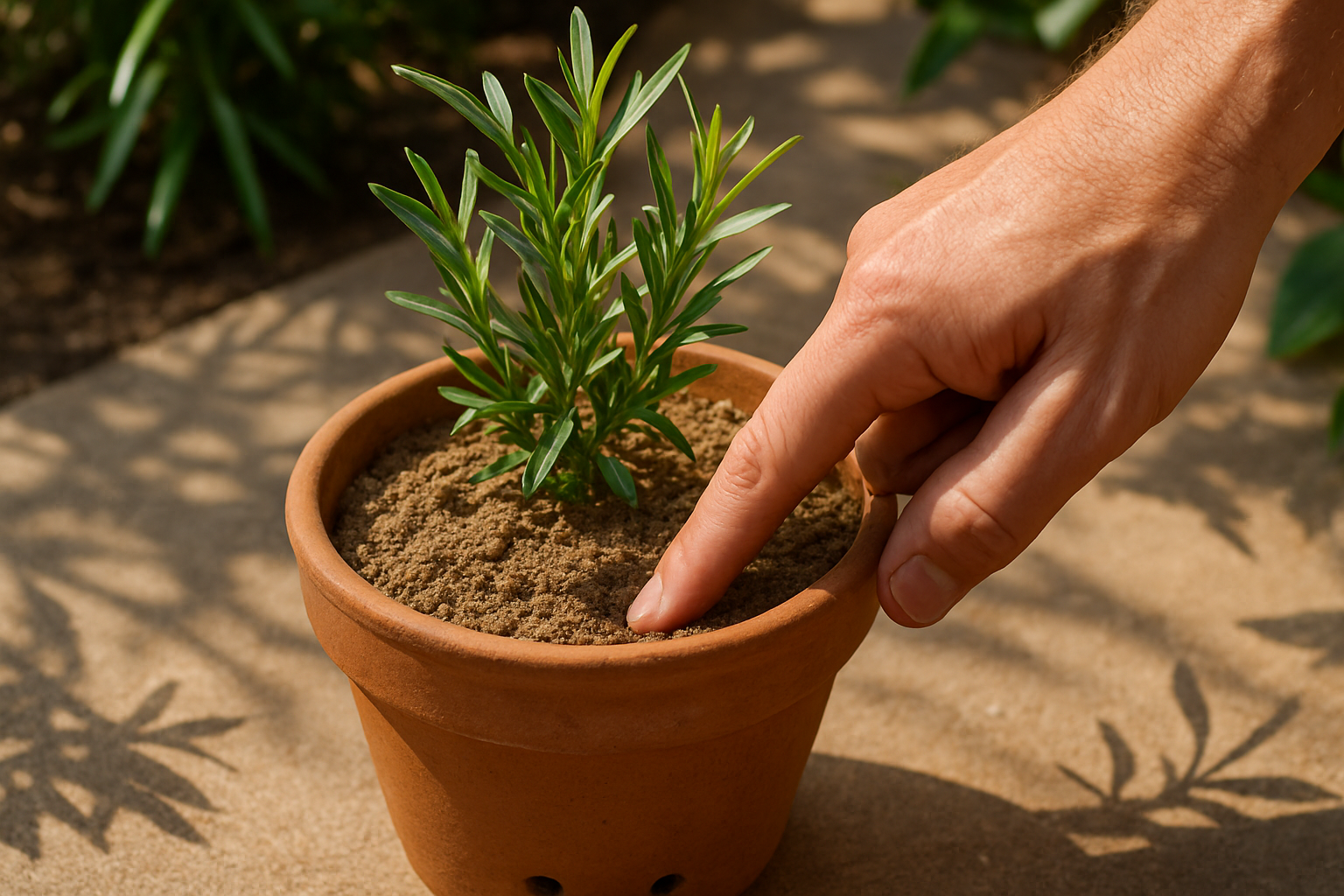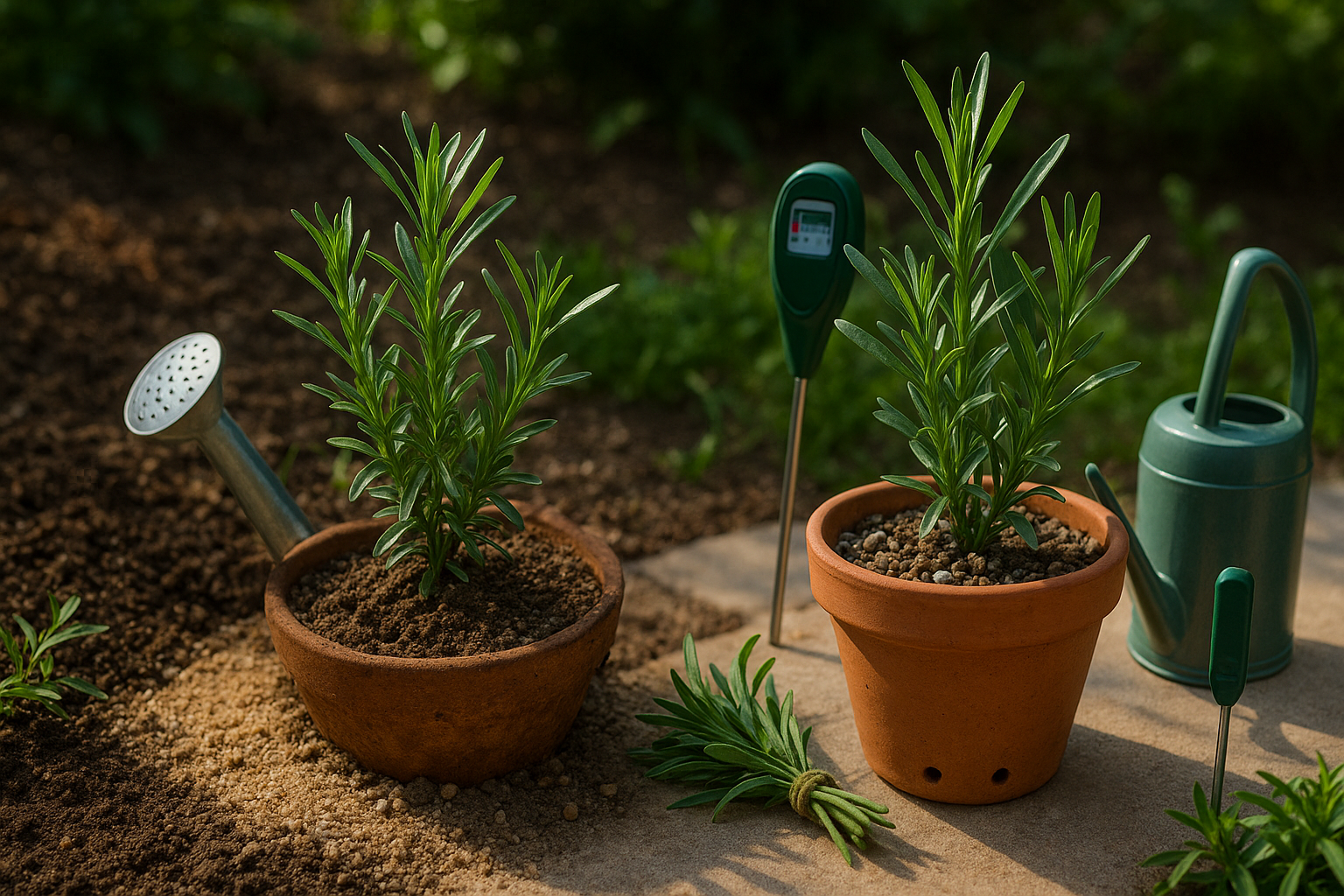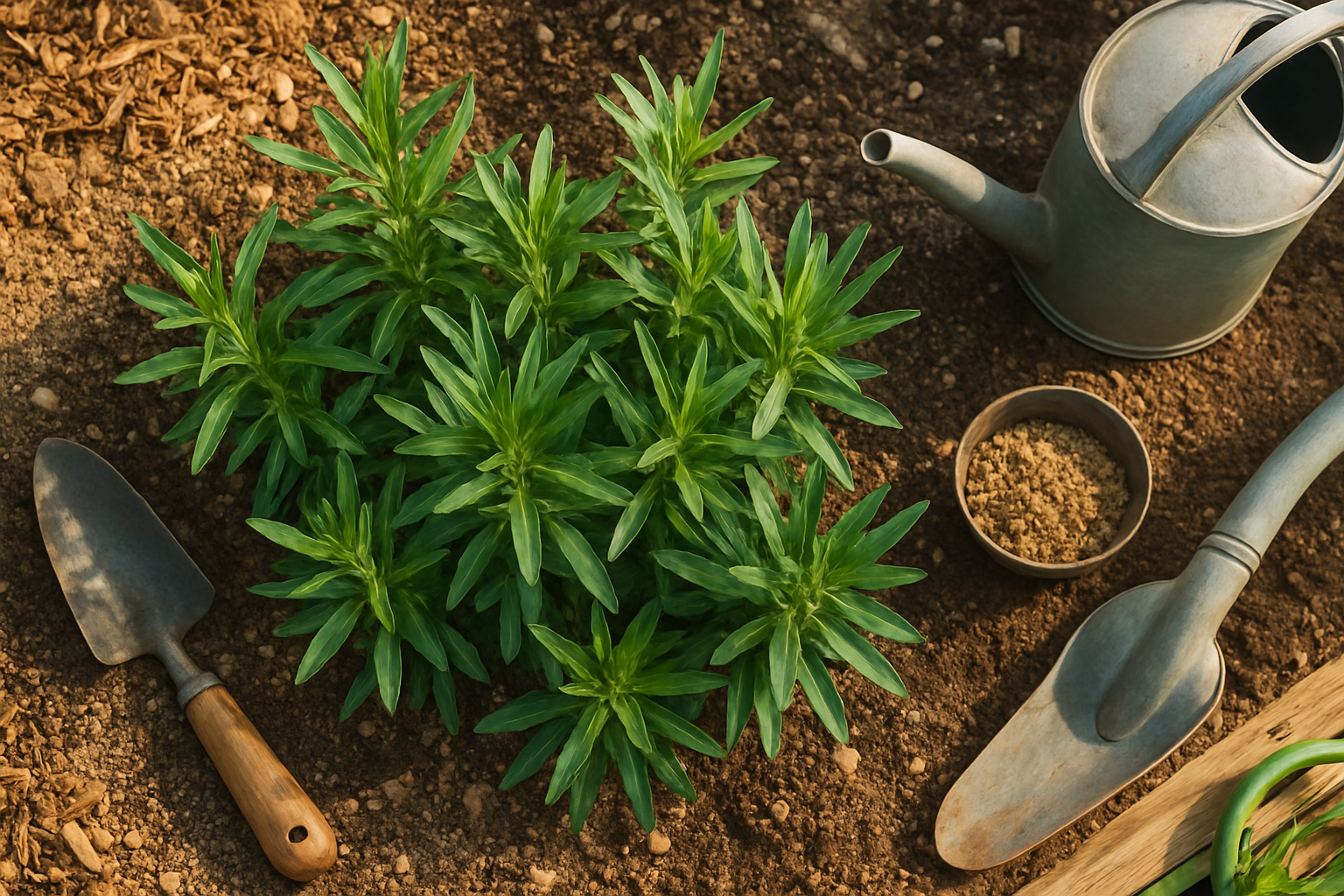Understanding Tarragon’s Water Needs

Tarragon is a flavorful, aromatic herb often celebrated for its contribution to French cuisine, but what many home gardeners may not realize is that its growing preferences set it apart from other popular herbs. While basil, mint, and parsley generally thrive in consistently moist soil, tarragon actually prefers things a bit drier.
At its core, tarragon loves well-drained, sandy or loamy soils and is particularly susceptible to problems if left sitting in waterlogged conditions. Native to regions with dry summers, tarragon has evolved to handle brief periods of drought far better than excess moisture. This means that watering schedules for tarragon should be approached with a light touch—letting the soil dry out between waterings is not only tolerated, it’s preferred.
Overwatering is the most common mistake gardeners make with tarragon, as soggy roots can quickly rot and kill the plant. As a practical rule of thumb, stick your finger about an inch into the soil before watering; if it still feels damp, wait another day or two. In raised beds or containers, be extra vigilant, as these setups can hold water longer or drain too quickly, respectively.
By emphasizing dry, well-aerated soil and modest watering—sometimes as infrequently as once a week in mild climates—you’ll give your tarragon the best chance to thrive. Remember: when in doubt, it’s better to underwater than overwater this resilient herb.
Best Practices for Watering Tarragon
Proper watering is key to growing healthy tarragon, but how often you water depends on where and how your plant is growing. In garden beds, tarragon prefers soil that is consistently moist but never soggy. Usually, a deep watering once every 7–10 days works well, especially if your region receives regular rainfall.
However, if you’re growing tarragon in containers, remember that pots dry out more quickly than ground soil, so you may need to water every 3–5 days, or even daily during particularly hot, dry spells. Always check the moisture before watering to avoid overdoing it—try the simple “finger test”: stick your finger about an inch into the soil; if it feels dry, it’s time to water, but if it is still damp, wait a day or two.
Season plays a big role too: in spring and fall, tarragon uses less water, while in the heat of summer or periods of rapid growth, it will need more frequent attention. A young seedling or freshly transplanted tarragon plant will also require more consistent moisture to establish roots, while mature, established plants are more drought-tolerant. Adjust your watering based on recent rains, the weather forecast, and the current stage of your plant’s life.
By observing your tarragon and using these practical cues, you’ll prevent both underwatering and root rot—helping your aromatic herb thrive throughout the season.
Soil, Light, and Drainage – Key Factors
Ensuring your plants thrive starts with understanding how soil, light, and drainage work together. Well-draining soil is essential because it prevents water from pooling around roots, which can quickly lead to root rot—a common cause of plant loss.
Whether you’re planting in garden beds or pots, choose a soil mix that’s loose, crumbly, and rich in organic matter, not dense or clay-heavy. Sunlight also plays a major role in how quickly soil dries out. Most flowering or edible plants prefer at least six hours of direct sunlight; bright light encourages soil to dry between waterings, reducing the risk of waterlogged roots.
For pots, select containers with plenty of drainage holes and consider adding a layer of small stones or coarse gravel at the bottom to help excess water escape. In garden beds, improve drainage by mixing in compost, coarse sand, or perlite—especially if your soil is heavy. Planting on slightly raised mounds can also help water flow away from roots.
Remember, plants suited to your local sunlight levels and soil type will always be easier to keep healthy. By prioritizing these key factors, you’ll give your garden the best shot at lush, vigorous growth.
Watering Tarragon in Containers vs. Ground

Container-grown tarragon usually needs to be watered more often than those planted directly in the ground, mainly because pots dry out faster and can’t hold as much moisture. In containers, the soil is exposed to more air and can heat up quickly, especially if the pot is small or made from porous materials like terracotta. This speeds up evaporation and leaves the roots thirstier sooner.
By contrast, garden soil stays cooler and retains water longer, giving in-ground tarragon a steadier supply.
To keep your potted tarragon healthy, check the soil moisture daily with your finger—a good rule is to water when the top inch feels dry. Avoid letting your pots sit in saucers of water, as soggy roots can lead to rot.
Choose pots with drainage holes and use a well-draining potting mix, which will help extra moisture flow away easily. Remember, larger containers dry out slower because they hold more soil and moisture, while small pots may need water almost every day in hot weather.
With a little observation and the right setup, you can keep tarragon thriving in containers all season long.
Recognizing Signs of Too Much or Too Little Water
Knowing how to spot whether your plants are getting too much or too little water is key to keeping them healthy. Overwatered plants often show yellowing leaves, wilting even when the soil feels wet, mushy stems, or signs of mold or fungus on the soil surface. You might also notice leaves dropping suddenly.
Underwatered plants, on the other hand, usually have dry, crispy leaf edges, drooping stems, or leaves that turn brown and curl inward.
If you suspect overwatering, allow the soil to dry out before watering again and make sure your pots have drainage holes. For underwatered plants, water deeply until excess drains out the bottom, then check that your watering schedule matches the plant’s needs.
To avoid watering mistakes, check the top inch of soil with your finger—a plant should only be watered when this layer feels dry. Adjust your watering frequency seasonally, as most plants need less water in cooler, darker months.
Grouping plants with similar water needs together and using self-watering pots or moisture meters can also help. Monitoring your plants regularly and making small changes to your routine can prevent most watering issues before they start.
Seasonal Watering Adjustments
Watering needs change dramatically as the seasons shift from the heat of summer to the cooler, often wetter months. In the summer, high temperatures and longer days cause the soil to dry out quickly, making it essential to water lawns and gardens more frequently—often early in the morning or late in the evening to minimize evaporation.
However, as fall approaches and eventually gives way to winter, most plants enter a dormant phase where their growth slows, and their need for water significantly decreases. During these months, overwatering can actually harm your plants by encouraging root rot and fungal growth. It’s a good practice to gradually reduce your watering schedule, checking soil moisture before adding extra water.
Mulching is another effective strategy, especially during dry spells or unseasonal heat. A layer of organic mulch—such as wood chips, straw, or leaves—insulates the soil, retains moisture, and protects plant roots from temperature extremes. If rainfall is consistent, you might be able to skip watering altogether during the cooler months.
Smart irrigation systems with rain sensors or weather-based timers can help automate these seasonal adjustments, ensuring your garden stays healthy without wasting precious water.
Keeping Tarragon Healthy Beyond Watering
To keep your tarragon healthy beyond just watering, pay close attention to the soil and overall plant care. Enrich your soil with well-rotted compost or organic matter at planting time to boost nutrients, and make sure it drains well, as tarragon dislikes soggy roots.
Prune regularly by cutting back stems after harvest or when flowers fade; this encourages bushier growth and prevents legginess. Consistently monitor for pests like aphids or fungal spots—removing affected leaves promptly and considering a gentle neem oil spray if problems persist can save your plant.
Remember, strong root systems form the foundation for vigorous tarragon, so avoid overwatering and occasionally loosen the soil around the base for better aeration. For a quick boost, mulch with straw to retain moisture and suppress weeds. With just a little attention to these details, you’ll enjoy healthier, more flavorful tarragon for your kitchen all season long.
